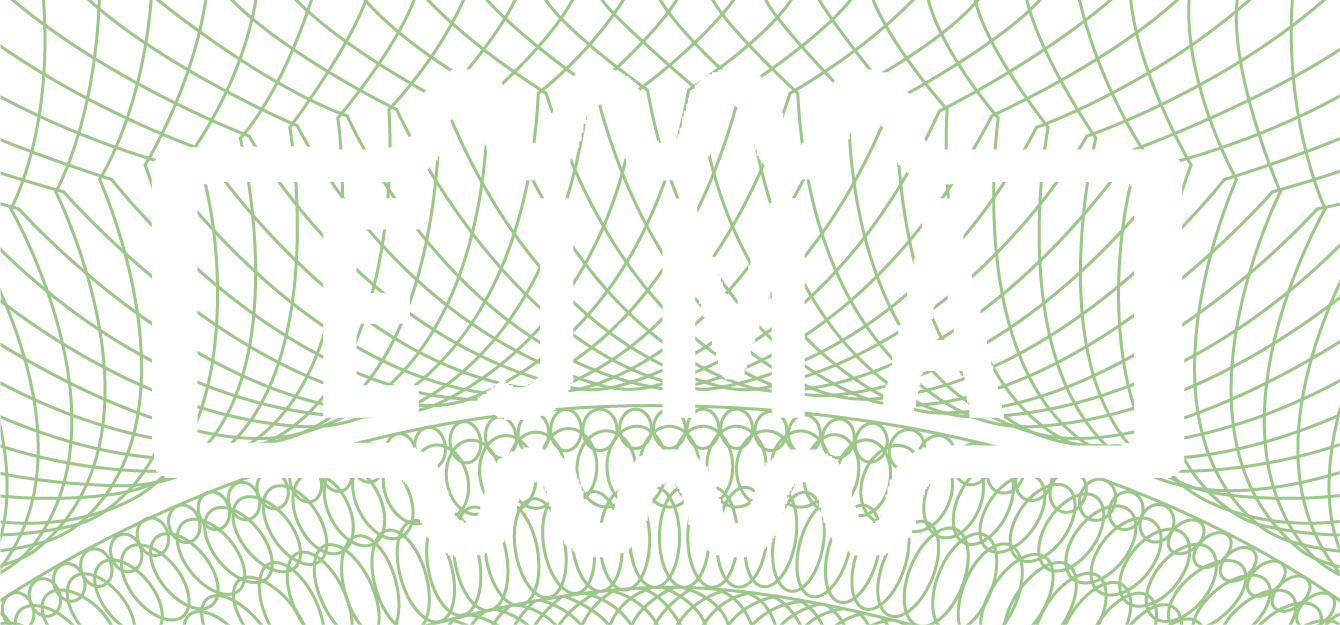Pipe Expansion Joints: Do’s and Don’ts From the “Standards of the Expansion Joint Manufacturers Association, Inc”
|
Do’s
|
Dont’s
|
-
Inspect for damage during shipment, i.e., dents, broken hardware, watermarks on the carton, etc.
-
Store in a clean dry area where it will not be exposed to heavy traffic or damaging environment.
-
Use only designated lifting lugs.
-
Make the piping systems fit the expansion joint. By stretching, compressing, or offsetting the joint to fit the piping, the joint may be overstressed when the system is in service.
-
It is good practice to leave one flange loose until the expansion joint has been fitted into position. Make necessary adjustments to the loose flange before welding.
-
Install joint with the arrow pointing in the direction of flow.
-
Install single Van stone liners, pointing in the direction of flow. Be sure to install a gasket between the mating flange and liner.
-
With telescoping Van stone liners, install the smallest I.D. liner pointing in the direction of flow.
-
Remove all shipping devices after the installation is complete and before any pressure test of the fully installed system.
-
Remove any foreign material that may have become lodged between the convolutions.
-
Refer to EJMA Standards for proper guide spacing and anchor recommendations.
|
-
Do not drop or strike the carton.
-
Do not remove shipping bars until installation is complete.
-
Do not remove any moisture-absorbing desiccant bags or protective coatings until ready for installation.
-
Do not use hanger lugs as lifting lugs without the approval of the manufacturer.
-
Do not use chains or any lifting device directly on the bellows or bellows cover.
-
Do not allow weld splatter to hit unprotected bellows. Protect with wet chloride-free insulation.
-
Do not use cleaning agents that contain chlorides.
-
Do not use steel wool or wire brushes on bellows.
-
Do not force-rotate one end of an expansion joint for the alignment of bolt holes. Ordinary bellows are not capable of absorbing torque.
-
Do not hydrostatic pressure test or evacuate the system before the installation of all guides and anchors. Pipe hangers are not adequate guides.
-
Do not exceed a pressure test 1-½ times the rated working pressure of the expansion joint.
-
Do not use shipping bars to retain thrust if tested prior to installation.
-
Pipe hangers are not adequate guides.
|
Refer to EJMA Standard for proper guide spacing and anchor recommendations.
NOTE: The manufacturer’s warranty may be void if improper installation procedures have been used.


